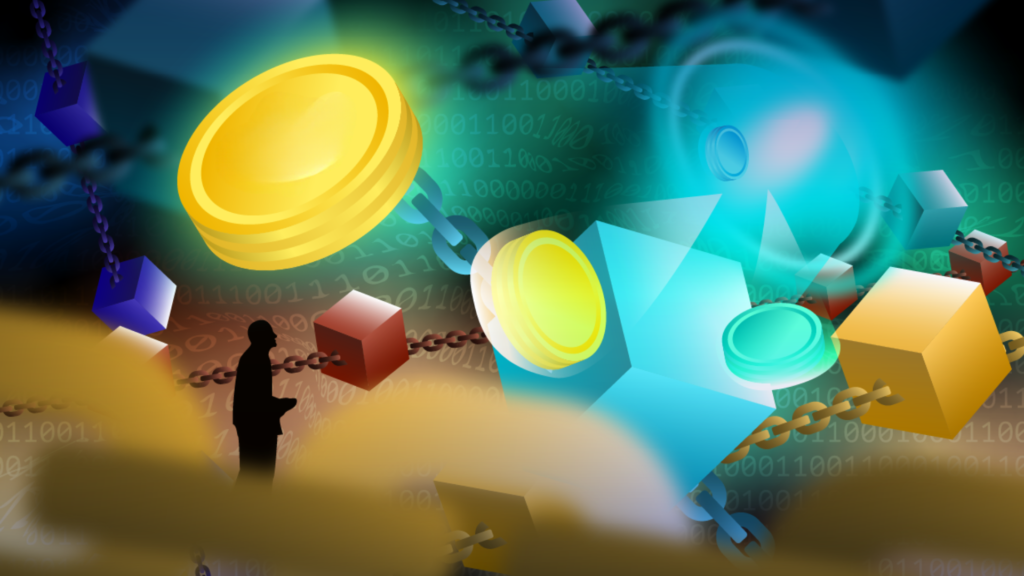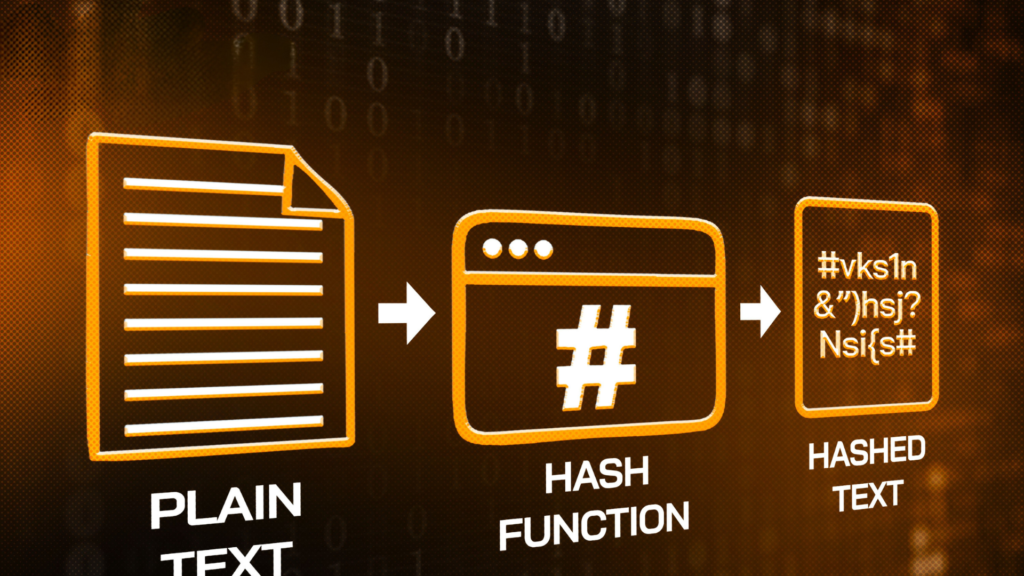The development of Multichain is causing fragmentation of users and liquidity, hindering the expansion of Web3. Chain Abstraction is seen as a potential solution to overcome this challenge.

What is Chain Abstraction?
Chain Abstraction is a concept that aims to hide the complexity of different blockchains, enabling users and developers to interact with decentralized applications (dApps) easily without needing to know the details of each specific network.
The goal is to create a seamless experience where users can simply use the application without worrying about which blockchain it operates on.
Benefits of Chain Abstraction
Better User Experience
Chain Abstraction provides a smoother and simpler user experience. Users don’t need to understand the complexities of blockchains or worry about which network they are interacting with.
This reduces technical barriers and allows users to focus on the true value of the application. Moreover, they don’t need to sign transactions multiple times or manage assets across different networks, saving time and effort during transactions.
Increased Interoperability
Chain Abstraction allows applications to connect and operate on multiple blockchains, expanding the scope and functionality they can offer. This not only reduces liquidity fragmentation as assets are not scattered across multiple networks, but also simplifies asset management. Users can seamlessly access and utilize their assets regardless of which blockchain they reside on.
Promotes Widespread Adoption
By minimizing technical barriers, Chain Abstraction makes it easier for new users to access and participate in the blockchain ecosystem without requiring extensive knowledge. This promotes wider adoption of blockchain technology within the community.
At the same time, developers can focus on building and improving application features instead of worrying about integrating with each specific blockchain, thereby encouraging innovation and development in this field.
CAKE Framework: Key Elements of Chain Abstraction
Frontier Research has proposed a development framework focused on abstracting four key aspects: Applications, Permissions, Solving, and Settlement to create a unified user experience.

Applications: Simplified User Experience
The Application layer focuses on providing a simple and seamless user experience. The goal is that when users access a decentralized application (dApp), they don’t need to know which blockchain the application runs on. They simply connect their wallet, perform the desired action, and wait for the result.
Example: A DeFi application allows you to borrow and lend cryptocurrencies without needing to know the underlying network.
Permissions: Wallet Connection and Rights Management
Permissions involve managing access rights and authentication during interactions with the blockchain. When users connect their wallet to an application, the system needs to ensure that transactions are carried out securely and reliably.
Currently, when conducting transactions across different blockchains, users often have to sign multiple times and may need to hold transaction fees on each network. This is complex and inconvenient for users.
In Chain Abstraction, this process is abstracted and allows for a single signature for the desired action. Additionally, it can integrate systems that automatically manage transaction fees across different networks, eliminating the need for users to hold fee tokens on each blockchain.
Solving: Transaction Optimization
The Solving layer focuses on optimizing transaction execution in a multichain blockchain environment, ensuring user transactions are executed at the lowest cost, quickly, and securely.
In this environment, transactions can become complex due to asynchronicity caused by varying confirmation times across different blockchains and the risk of failure when part of a transaction fails while another part has already been executed.
Solutions include using a “Solver Layer,” an intermediary layer that calculates fees and times to find the best path for a transaction, and optimization by allowing third parties to provide faster, cheaper, or more secure transaction services.
A practical example is a Cross-chain Swap service, which allows users to seamlessly swap tokens between blockchains.
Settlement: Transaction Execution and Security
The Settlement layer involves executing transactions on the blockchain and ensuring they are confirmed and completed securely.
In cross-chain settlement, challenges include differing confirmation times between blockchains and Reorg Risk, where a transaction can be reversed on one blockchain, affecting the transaction on another blockchain.
Solutions in Chain Abstraction include using cross-chain oracles to transfer information between blockchains, ensuring transactions are confirmed before proceeding, and using bridges to securely transfer assets between blockchains.
Practical examples include the USDC bridge (CCTP), which enables the transfer of USDC between blockchains by securely burning and minting tokens. Another example is Cosmos IBC, a protocol that allows blockchains within the Cosmos ecosystem to communicate and transfer assets seamlessly.
Is Chain Abstraction What We Should All Be Aiming For?
Chain Abstraction offers many benefits but also comes with risks such as complexity in implementation and maintenance, security risks when integrating multiple blockchains, and reduced user control. Additionally, it can cause transaction latency and create dependence on large solution providers, weakening the decentralization of the blockchain.
Chain Abstraction is not suitable for all projects. Applications requiring a cross-chain experience or targeting mainstream users will benefit from it. However, specialized projects focused on a single chain with high security and performance requirements may not need Chain Abstraction. The decision to adopt this solution requires careful consideration of the benefits, risks, and specific goals of each project.

